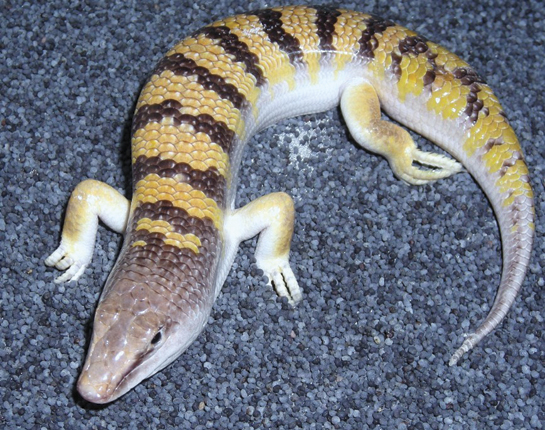How sandfish lizards swim through sand
DOI: 10.1063/PT.3.2073
Like other desert dwellers, sandfish lizards hide themselves in sand when the day gets too hot or when a predator looms. They dive in head first, tuck their legs beside their bodies, and swim through the sand with an undulatory motion. If sand were transparent, you’d see the lizard advance as its body flexed in a continuous backward-propagating sinusoidal wave. Since 2008 Daniel Goldman of Georgia Tech has been studying how sandfish lizards swim. In his latest paper, he and his colleagues have developed a simple kinematic model that relates the undulations to the torque exerted by the lizard’s muscles. The simplicity arises in part from the sand’s rheological properties. Friction so dominates the dynamics that the inertia of both the lizard and the sand can be neglected. Deriving the lizard’s equation of motion amounts to balancing local torques while specifying that the undulations be sinusoidal. The model, which has no free parameters, not only mimics the lizard’s motion, it also elucidates a neurological mystery observed in all undulatory swimmers. The lizard’s motion is controlled by an activation wave that starts at the head and triggers muscles to contract sequentially down the body. Counterintuitively, the activation wave is faster than the undulation wave; the two waves reach the tail significantly out of step. In the kinematic model, the lizard’s locally exerted torque—the equivalent to the activation wave—leads the undulation in the same way. Evidently, the waves’ otherwise puzzling phase behavior is simply part of nature’s solution to the problem of swimming in sand and other fluid media. (Y. Ding et al., Proc. Natl. Acad. Sci. USA 110, 10123, 2013, doi:10.1073/pnas.1302844110


